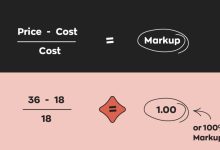YouTube has long been one of the best platforms for influencer collaborations with replica products. Before achieving successful results with an influencer, we need to leverage various tools, communication techniques, and landing pages to efficiently connect with them. This allows us to quickly identify the influencers we need and enter the first round of initial collaboration.
Since July, YouTube has removed the account email display feature. On the About page, only a few social media (SNS) account links are retained.

Even so, with some effort, it is still very easy to establish contact with your desired influencers. By using proper communication strategies and certain threshold techniques, you can significantly improve the influencer response rate.
During the process of connecting with influencers, many people complain about low reply rates — messages are sent out, but the majority get no response. This issue is related to the industry, but even more so to your method of reaching out.
Below, I will share several methods that I personally use to connect with YouTube influencers, for your reference.
Tool Method
When initially searching for influencers, you should first manually identify potential influencers with your own eyes. Once you find an influencer you are interested in, to increase the success rate of connecting with them, I usually rely on some third-party tools for influencer quality analysis.
I personally like to use the Juxing platform,

which allows you to check core metrics such as account creation date, activity level, engagement rate (ER), and more. These metrics are very important, especially engagement rate indicators.

Account activity is another crucial metric.

When you are very satisfied with an influencer, contacting them via email is one of the most effective methods. This is because Western influencers generally prefer using email for formal business communication.

Some third-party tools require payment to access an influencer’s email or other contact information. You can use certain “free trial” methods to access this data, or if your budget allows, pay for the tool.
Professional influencer tools can help us evaluate and filter influencers across multiple dimensions, including:
-
Number of followers
-
Engagement metrics
-
Content baseline
-
Contact information
This detailed influencer profiling allows for more precise selection and higher chances of successful collaboration.
Third-Party SNS Accounts
Many influencers link their third-party social media accounts, such as Facebook or Instagram, on their YouTube profile.

In this case, we can try to obtain contact information from their SNS account bio, such as WhatsApp numbers, Linktree links, or email addresses.
Direct Message or Comment
Compared to leaving comments under posts, I personally prefer using direct messages (DMs). First, the success rate of receiving a reply is higher, and second, it better protects our business information, including how the landing page will be presented later — confidentiality is very important.

Overall, the reply rate via DMs or comments is generally low. In the replica standalone store e-commerce industry, the reply rate is often less than 5%, especially when using comment replies. Messages can easily get buried and ignored, making it difficult to get attention.
This method is usually only used when no better way to connect with an influencer is available. Otherwise, it’s better to avoid it. In addition, when connecting this way, higher skill in communication techniques is required, making it more challenging.
Keep it simple. Complex problems can often be solved with the three methods mentioned above, allowing you to successfully connect with influencers without much trouble.
As for reply rates, influencer quality, or the probability of encountering fake influencers, these depend on factors such as:
-
Influencer screening process
-
Communication techniques and thresholds
-
Cooperation model
-
Budget and commission
Ultimately, this comes down to the standalone store seller’s overall influencer operation capability.
 Custom E-commerce Solutions for High-Quality Designer-Inspired Fashion Replicas | Website Development, Dropshipping, Payment Integration for PayPal and Stripe, Ad Cloaking Services
Custom E-commerce Solutions for High-Quality Designer-Inspired Fashion Replicas | Website Development, Dropshipping, Payment Integration for PayPal and Stripe, Ad Cloaking Services
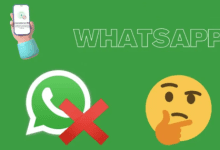



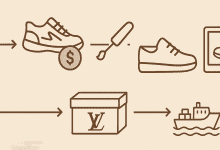



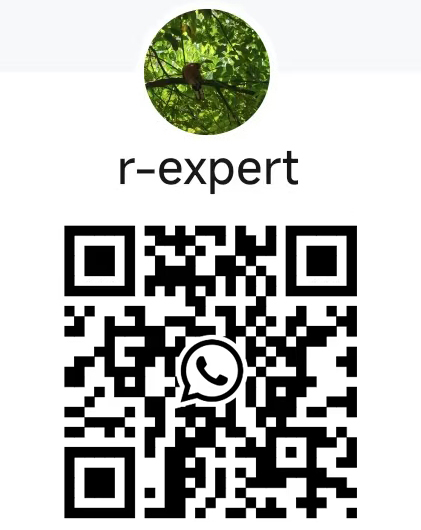

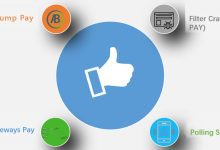



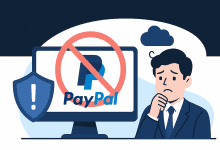

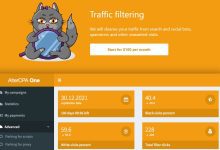


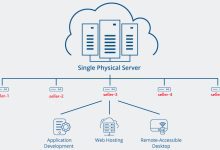

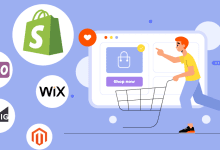
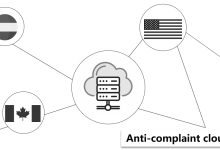




![5 Best WordPress Themes for Replica Product International Trade Websites [Recommended]-Custom E-commerce Solutions for High-Quality Designer-Inspired Fashion Replicas | Website Development, Dropshipping, Payment Integration for PayPal and Stripe, Ad Cloaking Services](https://replicasmaster.com/wp-content/uploads/2025/06/1-1-220x150.jpg)
